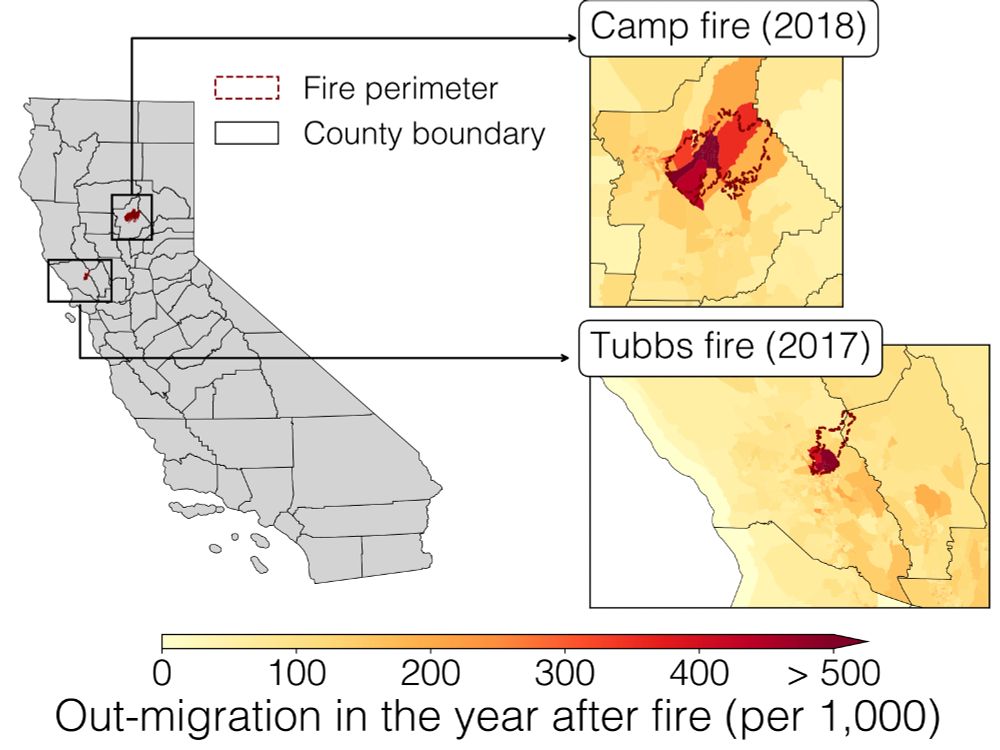

Come join us!
Come join us!
Paper: arxiv.org/abs/2503.20989
Website: migrate.tech.cornell.edu
5/5

Paper: arxiv.org/abs/2503.20989
Website: migrate.tech.cornell.edu
5/5
This case study only scratches the surface of what’s possible with this data–we’re excited to see what you do with it!
4/5

This case study only scratches the surface of what’s possible with this data–we’re excited to see what you do with it!
4/5
We comprehensively validate MIGRATE against external data sources.
3/5
We comprehensively validate MIGRATE against external data sources.
3/5
Thousands of times more granular than existing public migration datasets
Highly correlated with external Census datasets
Less biased, and more consistent with Census data, than proprietary address data
2/5
Thousands of times more granular than existing public migration datasets
Highly correlated with external Census datasets
Less biased, and more consistent with Census data, than proprietary address data
2/5

